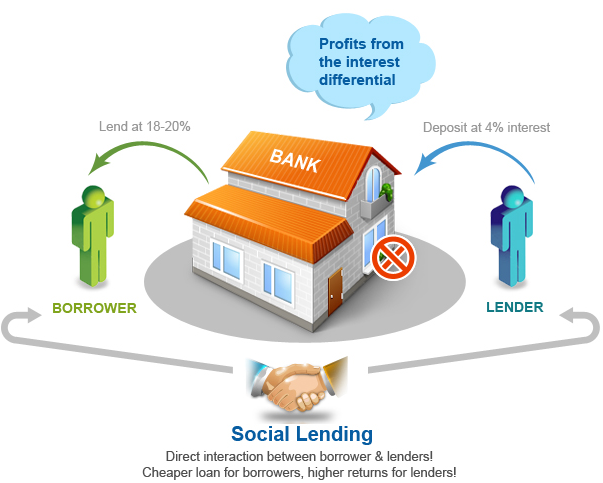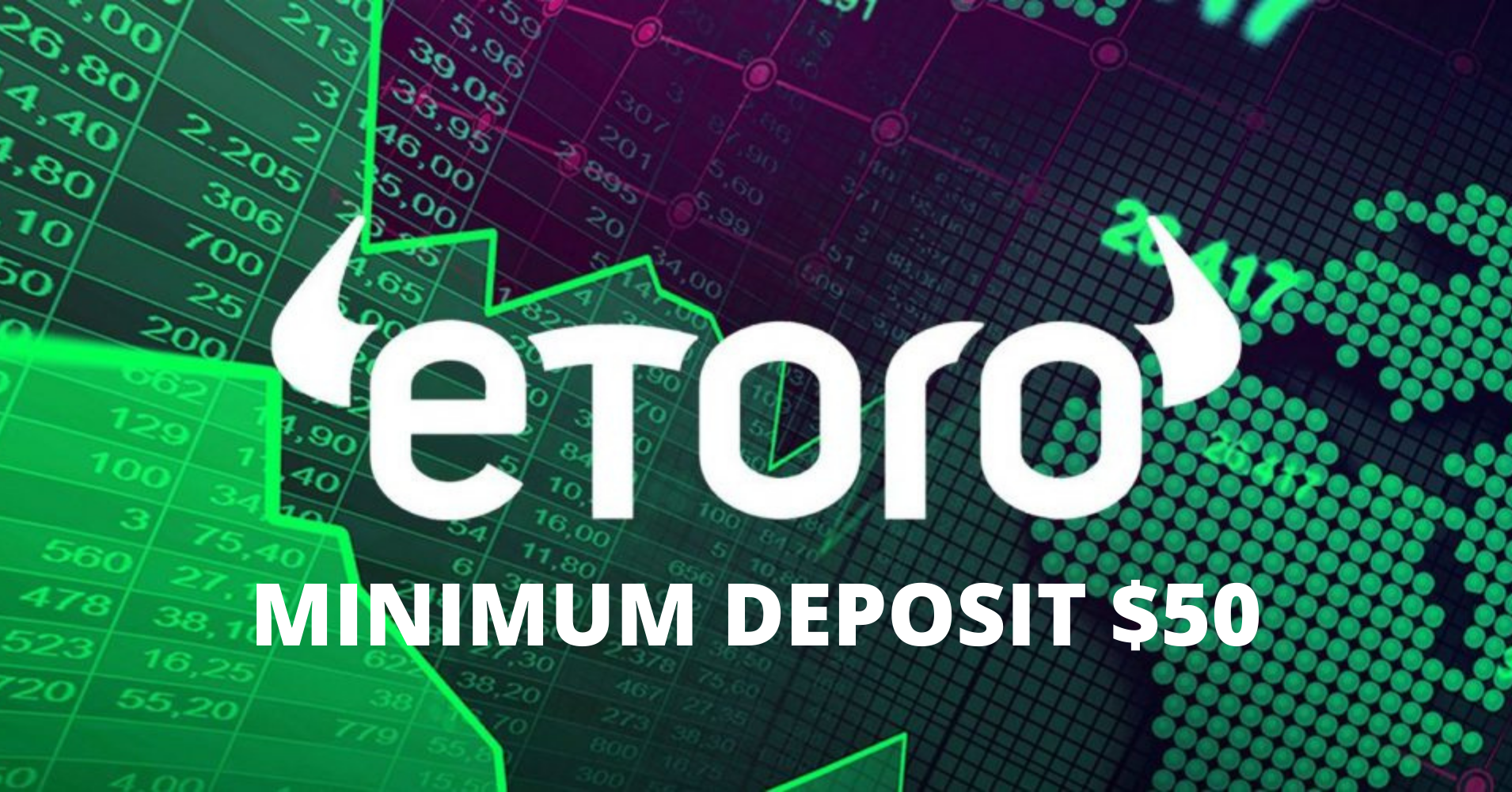Peer-to-peer lending types
It is very likely that many of us have heard the word crowdfunding. It is also called co-financing and peer to peer lending.
Co-financing meaning: financing of a project which involves a large number of people investing a small amount of money.
There are several types of co-financing:
Rewards Crowdfunding – An entrepreneur collects money by selling a product or service. This type of co-financing includes popular services like Kickstarter, Indiegogo and Patreon. These services have allowed many new startups to kick-start their businesses.
Equity Crowdfunding – A person collects money by offering a certain portion of his / her company, usualy a start-up company. If a company is developing nicely – its value grows – the investor can withdraw from the company by selling his shares. If the company goes bankrupt – the investor doesn’t get anything.
Debt co-financing (debt crowdfunding) – personal lending. May be collateral (pledge) as well as unsecured. This category includes P2P lending.
Litigation crowdfunding – popular in America. Usually is set against big corporations. Benefit if the court is won.
Charity co-financing (charity crowdfunding) – financing of charity projects. For example, fundraiser campaigns on Facebook are charity is co-financing service.

Loan co-financing P2P money lending
There are two groups of people: those who want to borrow (they need money); those who can lend but want to earn.
And there is a mediator – a P2P lending platform, where lenders and borrowers meet. The Service undertakes risk assessment of borrowers, administration of all financial flows, as well as management of problems regarding loans.
What are the good points about P2P investing?
Less risk for the lender.
Let’s look at an example:
You have a friend (acquaintance, a stranger) who needs money. And they are not € 10 short to the next salary, but they need € 2500 loan, for example. You have such sum freely available. But are you willing to lend? For 3 years? And if a person disappears after receiving money? All the money will be gone.
As the saying goes – “Want to lose a friend – lend him money.”
But if you would have to lend € 10 there would be no problem, right?
Here we can see some of the advantages of mutual lending – lenders can start out by investing € 10 (or more, if they are willing to risk more on a single loan) and collect the necessary amount for the borrower.
And the lender can invest his free funds in small portions on many loans. Though there will be unscrupulous borrowers, the lender will not have all eggs in one nest, so he will not lose all the money.
What are the most popular P2P investment platforms in Europe?
| Platform | Returns | Review | Open Account |
|---|---|---|---|
| NEO Finance review |  |
||
| ReInvest24 review |  |
||
| BulkEstate review |  |
||
| Grupeer review |  |
||
| Crowdestor review |  |
||
| Lenndy review |  |
||
| VIAINVEST review |  |
||
| PeerBerry review |  |
||
| Mintos review |  |
The power of compound interest
Definition of compound interest:
Compound interest – interest calculated as a percentage of the invested sum plus interest on the interest accrued in earlier periods.
Interest on the use of residual investments are received on a monthly basis and can be reinvested in financing new loans.
In numbers:
Simple interest: by investing € 1000 on 15% for one year we will get € 150 in interest.
Compound Interest: by investing € 1,000 on 15% for one year and reinvesting the interest received each month, we will have earned € 160.75 in interest payments a year. So the real percentage reaches about 16% per year.
You can be your own banker
If we look at the interest rates offered by banks at the moment we get a sad picture: the interest rate is about 1% (which is best you can get) per annum on deposits. But the loans are issued with a 25% spread, where all profits goes to banks.
In the case of peer-to-peer loans, the lending platform takes only a small interest payment. Who are charged – each P2P lending service has its own approach.
But the rest of the interest that is payed by the persons who are taking loans goes to the willing lenders.
Depending on the platform and risk factors, the lender can earn up to 70% per annum in some platforms from one loan. Normally, interest rate in peer-to-peer platforms is around 10% -15% per annum.
What are the risks of peer-to-peer lending?
The amount of interest depends on the risk. The higher the risk, the higher the interest percentage. Most P2P platforms gives you choice, the lender can choose how much risk he is willing to take. If you want stability – you can invest in very secure loans with 4% – 8% interest rate. If you are ready to risk more – you will find loans with interest rates around 12% – 20% easily.
Any loan application service evaluates each customer, and depending on the outcome, decides how risky this loan will be. It varies from country to country – there are different evaluation criteria:
- Credit rating. In the USA, every citizen has his credit rating – it is formed by analyzing all the obligations of the citizen and the timing of settlement;
- Information from credit bureaus about liabilities. Such are found in Europe;
- Information from public registers – penalties, real estate, etc.
- Information that can be found on internet – Information about the borrower’s activities in the social Internet environment is also analyzed in some cases. Attention is drawn to his interests, what content he “Likes”, published materials etc.;
- Pledging the borrower’s property in favor of the lender;
- Information provided by the borrower himself – income statement, tax returns;
- etc.
By collecting all the information, you can create a borrower’s portrait, and compare with the already accumulated information about the quality of loan repayment to similar borrowers.
For example:
- A 35-year-old man, owning a house / apartment, being married, receiving a good salary, have had a few consumer loans and all of them was paid back in time. He wants to borrow money in size of two of his salaries;
- A 22-year-old Man people, living with his parents, not married, receiving a minimum wage, has 5 consumer credits and none of them is paid back on time.
I think most people would prefer to loan money to the first type of person because the risk of non-return is much lower.
Depending on the degree of risk, available loans on peer-to-peer lending platforms are divided into borrowers in risk groups with appropriate interest payment.
If the borrower has the property with which he can secure (pledge in favor of the lender) his credit, such as real estate or car – the risks are significantly reduced. If the borrowed amount is small, the risks are minimal.
In case the borrower stops repaying the loan, P2P platform will start the standard credit recovery procedure: if the borrower does not go to the contact -> court -> bailiff -> deprivation of property, account arrest, compulsory deductions from salary, etc. This may be a very long process – and it happens that the borrower has nothing on him some times.
Time – Money
Investing in P2P lending services should be taken as a long term investment. The maximum time of investment is 5 years. If money is urgently needed – most services are offering secondary market, where your shares of loans can be sold at a premium or discount.
The investing process in P2P platforms
A little insight into how the majority of P2P platforms work:
Sign up for service
Most P2P platforms will ask you to send a copy of personal identification documents. Sometimes it is requested only if you make a withdrawal of money to the bank account.
Deposit money into your investor account
When you have made successful deposit and the money appears in your investor account, you can start investing.
Open a page with a list of borrowers – evaluate each loan carefully. If you see a favorable loan – click and give it a certain amount of money.
This process can be delayed if there is a lot of money and lenders. For this reason, the majority of P2P platforms are offering automatic investment function – you can define the criteria, and the platform will invest money automatically according to our pre-selected criteria.
When the investments are made, all you have to do is wait. After one month the first interest payments will come: share of the invested amount + interest percentage. We can invest the money received in new loans.
In conclusion, I would like to remind you once again that Peer to peer investing services does include risks and there is no guarantee that you will not lose all invested money or part of it. Be aware that you take all the risks and responsibilities of your investments yourself.

















